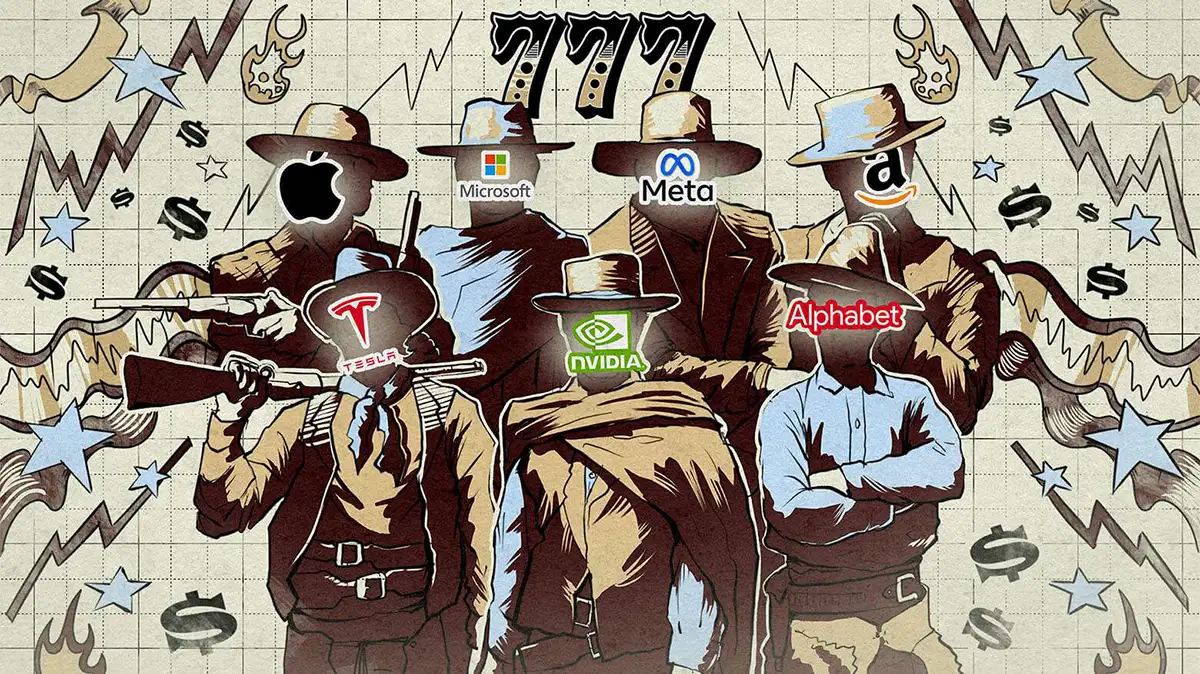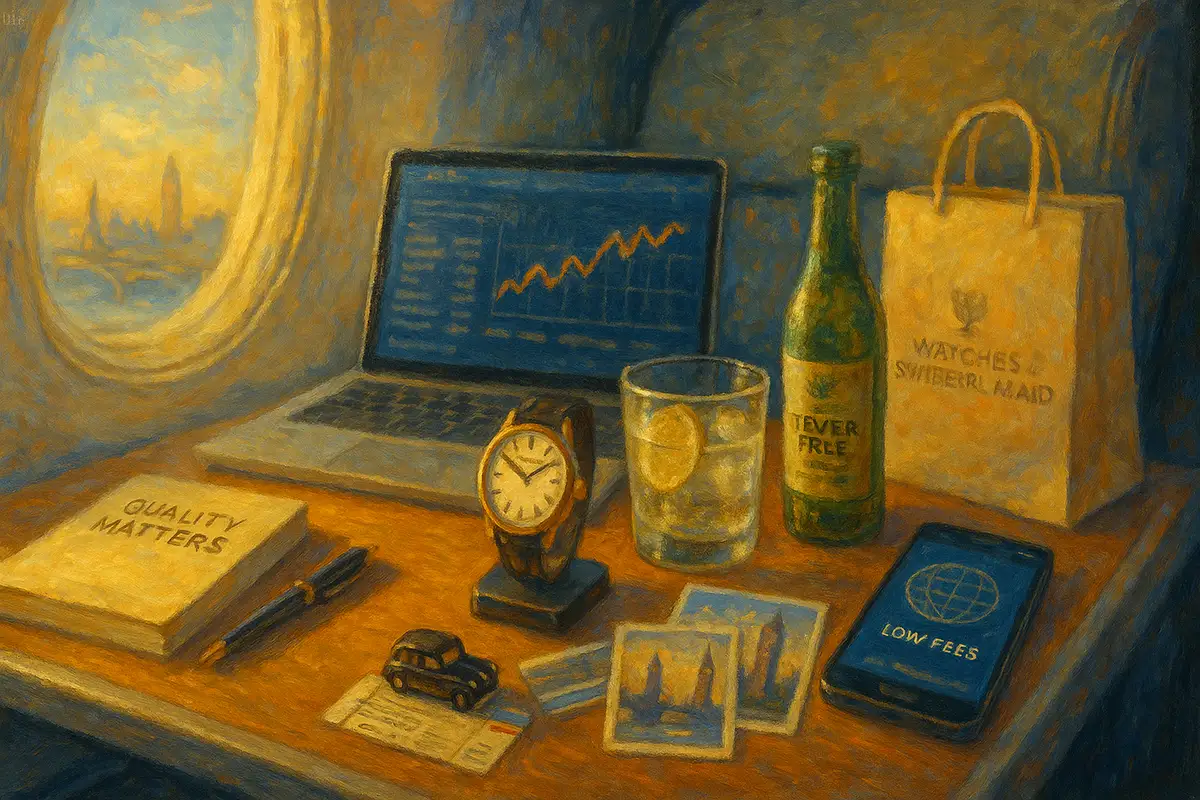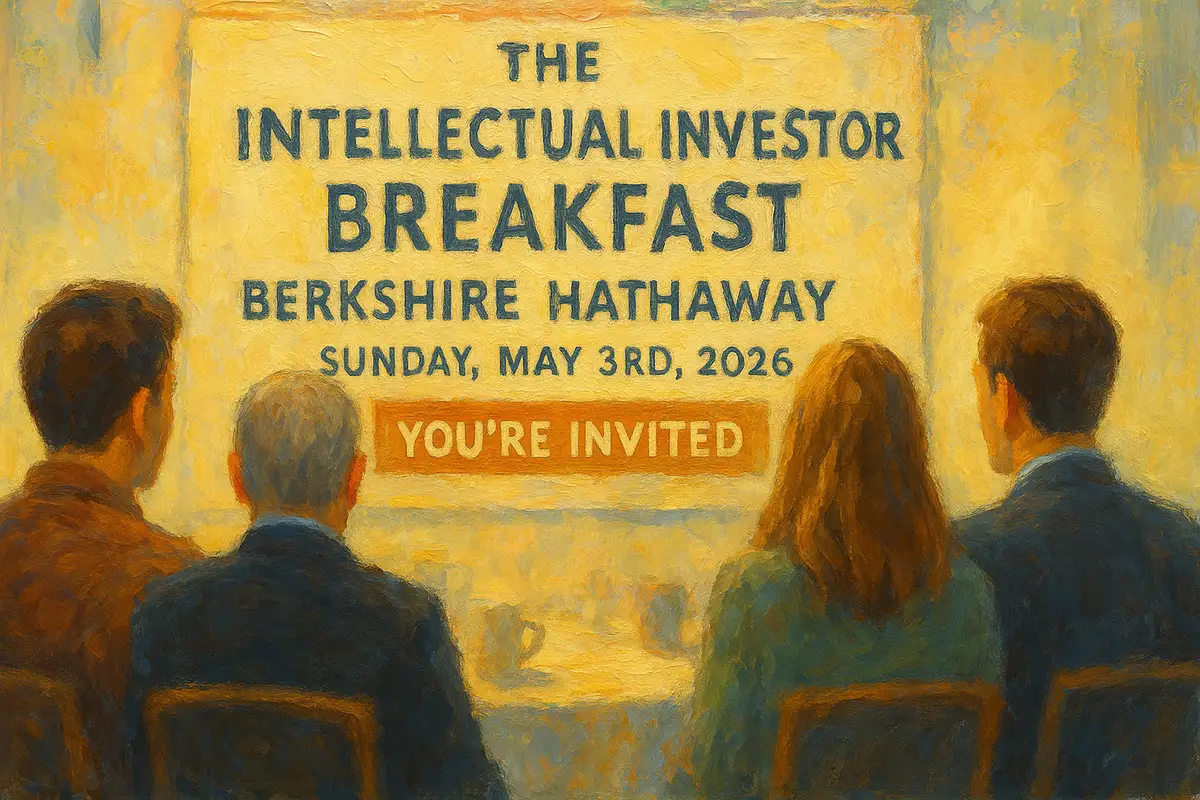Despite the S&P 500 showing gains in the mid-teens, the average stock on the market is either up slightly or flat for the year. Most of the gains in the index came from the Magnificent 7 stocks, which constitute 35% of the index! The equal-weighted index, where the Mag 7 have only a 1.4% weight, is up only about 4% this year (as of this writing).
The Magnificent 7 are starting to look like the Nifty Fifty stocks from the 1970s (Kodak, Polaroid, Avon, Xerox, and others) – stocks you “had to own” or you were left behind – until all your gains were taken away or you faced a decade or two of no returns. Forty years later, it’s easy to dismiss these companies as has-beens. They’ve all either gone bankrupt or become irrelevant. But back then, they were the stars of corporate America, just like the Magnificent 7 are today.
As an investor, it’s crucial to know which games you play and which ones you don’t.
Let me explain.
For every company we own, we build a financial model; make reasonable projections of revenues, margins etc. for decades into the future, estimate and then discount cash flows (bring them to today’s dollars). Finally, we aim to buy the company at a discount (margin of safety) to whatever range of fair values the model spits out. Magnificent 7 stocks require us to draw straight lines with cash flows growing at significantly elevated rates far into the future, and even then, we get values yielding either mediocre or negative returns – forget about any margin of safety.
Their valuation demands a perfect, highly prosperous vision of the future with little competition and insatiable demand for whatever they produce. Though these are truly terrific companies, which dominate their industries, and have track records of success and growth, the financial history of markets is not on their side. Their valuation reflects only optimism and nothing else. In all fairness, I am discussing these seven stocks as a monolith, and they are not. For instance, Nvidia’s valuation is a lot more demanding (it is a very expensive stock) than Google’s (which is less expensive), and so on.
The reason I am zooming in on these stocks is because they are “the market” today, or at least a huge part of it. When you hear or read about “the market” being up or down at any specific point, this is usually a reference to the S&P 500 (SPY) market-capitalization-weighted index. If you look at the equal-weighted cousin of the S&P 500, the RSP, it has underperformed SPY by 27% since January 2023.
Don’t get me wrong, the average stock in these indices is expensive. We have a hard time finding new stocks to buy, and we have been looking nonstop (most opportunities have come outside of the US). But most of the action and price appreciation that has driven “the market” has happened in those seven oh-so-magnificent stocks.
The majority of people who are buying these stocks today are not thinking about cash flows decades into the future. They’re thinking, will these companies beat estimates over the next six months? What happens to their earnings (they don’t even pay attention to cash flows) past this short time frame is irrelevant; it’s not part of that game.
We don’t play this game for several reasons. Let’s be honest – we’re not good at it. It would be like a marathon runner trying to compete in a 100-meter race. It’s endurance vs. quickness. We focus on the endurance (survival) strategy.
Also, if people are honest with themselves, most are horrible at that quick game. You’re looking for a greater fool to buy an overvalued asset. When the market runs out of greater fools, as it always does, the punishment is equally quick, and it’s severe.
A Small Hedge
We put in a small hedge (in accounts where we had option authorization) by buying puts on the S&P 500 (SPY). These instruments appreciate in price when the market declines. Think of it as minimal insurance with a 10-15% deductible that will expire on January 17, 2025. I wrote about option hedging in the past; you can read about it here.
The question comes to mind: Why not hedge the full portfolio? Answer: because that’s very expensive, despite options being relatively cheap today. There is a well-known investor I respect who had horrendous returns over the last 20 years (his fund is down 50%) because he ran a fully hedged portfolio.
This hedge is not supposed to “save” the portfolio if the market declines, but to provide a tiny buffer and cash infusion if/when “the market” significantly cracks. Our biggest hedge is our carefully constructed portfolio (of high-quality, undervalued businesses) itself.
Key takeaways
- The current market gains are largely driven by the Magnificent 7 stocks, which constitute 35% of the S&P 500 index, while the average stock is only slightly up or flat for the year.
- The Magnificent 7’s dominance in the market echoes the Nifty Fifty stocks of the 1970s, highlighting the potential risks of overvaluation and future underperformance.
- Traditional valuation methods struggle to justify the current prices of the Magnificent 7, as their valuations reflect extreme optimism and require perfect future scenarios.
- The market, as represented by the S&P 500, is heavily skewed by these seven stocks, with the equal-weighted index significantly underperforming the cap-weighted version.
- As a long-term, value-oriented investor, playing the short-term market game of chasing overvalued stocks is akin to a marathon runner competing in a sprint – it’s not our strength or strategy.









Always, look for a margin of safety. One investment at a time.
Hi Vitaliy,
I’d like to share with you some thoughts I’ve been mulling over for a while now and I’d like to know your opinion (or maybe just clarify my current train of thought).
On the one hand, I hear a lot about High-Quality Investing, which is based on finding great companies at “fair valuations” and letting the market be “your servant and not your master.” The rationale I find behind this style, I think, would be based on the fact that when you buy a stock, you buy a business, and since the socially accepted way of valuing them is to discount future cash flows at “some theoretically accepted rate,” as time goes on, if you bought it at “today’s fair value,” it should continue to compound at the cost of equity. Is this good or bad? I would think that if the market as a whole, in the long term, yields approximately 10% annually, any cost of equity higher than that hurdle rate for a high-quality company would be, in the long term, attractive. I would call this type of investment profitable over time. Even if it is not upside today, the mere fact that time moves forward, if your fundamentals are correct, should be appreciated in the future.
But where is the margin of safety there? Is it just the fact of investing in a high-quality company that increases the probability of not disappointing in the future? Would that be considered a margin of safety?
On the other hand, I “hear” you mention the margin of safety explicitly. Which, to my understanding, would be having the impression that there is a mismatch TODAY between the market price and the calculated intrinsic value (probably caused by emotional or cognitive biases in the weighting of information and in future expectations).
In that sense, would you separate the “sources” of long-term returns between “current mismatch” and “cost of equity compounding over time for many years”?
Sorry for the length of the message and have a nice day!
Vitality, I my have this wrong, but I believe Florence wasn’t left untouched during WWII. In an act of petty and senseless retribution, I believe the German Army bombed and destroyed many of the covered bridges before retreating.
This was a great start to your series. I am sure the market is way over-valued too and, although I eschew market timing, I am sitting 95% in cash waiting for the day of reckoning, because I don’t manage other peoples’ assets, only my own meager ones.
As an aside, my Great grandmother, from my mother’s Hungarian side was from Florence, from the Luzzattos. I was named after Moshe Chaim Luzzatto – according to my late mother.